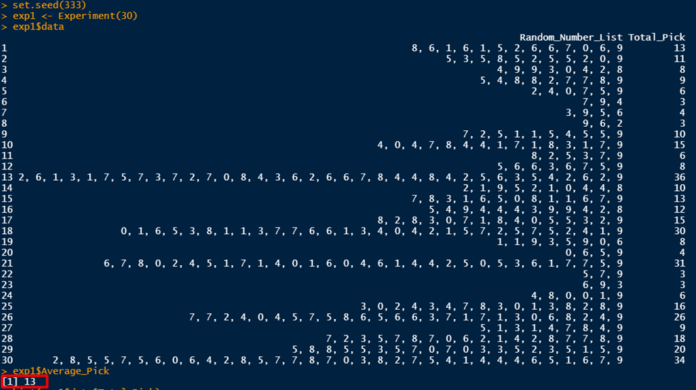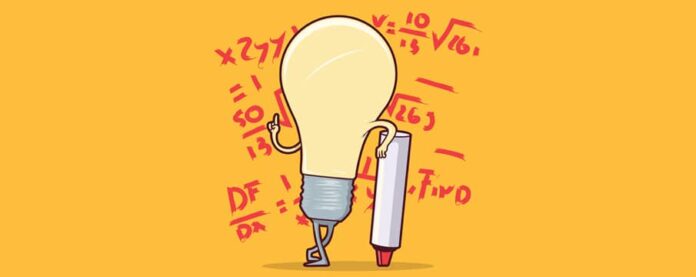Probability in Lotteries
The lottery is a classic example of a game of chance, fundamentally governed by the laws of probability. To understand how to choose potentially winning numbers, one must first grasp the concept of lottery odds. These odds are typically expressed in the form of probabilities, calculated using combinations, a fundamental principle in statistics.
Mathematical Calculation of Odds
The probability P of winning a lottery is calculated as:

is the number of combinations and is given by:

In this formula, N represents the total number of possible numbers, and K is the number of numbers drawn. For instance, in a lottery where 6 numbers are drawn from a set of 49, the probability of winning the jackpot is calculated by evaluating the number of possible combinations of 6 numbers from 49.
Statistical Significance of Number Selection
While all numbers in a fair lottery draw have an equal probability of being chosen, understanding the statistical distribution of winning numbers from historical data can provide insights. By analyzing frequency and applying tests of randomness, one can assess if any patterns or biases exist, though it is crucial to note that in a truly random draw, these findings should not significantly alter the odds.
Advanced Statistical Techniques in Lottery Number Analysis
Utilizing Regression Analysis
To enhance the prediction of winning numbers, one can employ regression analysis. This statistical method analyzes the relationship between variables—in this case, the winning numbers and various external factors such as date, draw order, and other conditions. By modeling these relationships, one might predict patterns or trends that occur more frequently.
Monte Carlo Simulations

Another approach is using Monte Carlo simulations to understand better the randomness and distribution of lottery numbers. This method involves generating multiple sequences of random numbers and analyzing their outcomes to estimate the probabilities of different winning combinations. It offers a more nuanced understanding of odds beyond the basic probability calculations.
Applying the Law of Large Numbers

The Law of Large Numbers is crucial in understanding lottery patterns. It states that as the number of trials increases, the average of the results obtained should get closer to the expected value, meaning that over many draws, the frequency of each number should level out. This principle helps in assessing whether some numbers are truly ‘hot’ or ‘cold’, based on their deviation from what is statistically expected. Combining this with a lucky numbers generator could be the road to a big win.
Implementing Data-Driven Strategies for Lottery Number Selection
Incorporating Machine Learning
Machine learning models can analyze historical lottery data to identify patterns or anomalies. By training models on vast datasets of past draws, predictors can refine their probability estimates for certain numbers appearing. Techniques like clustering or classification can categorize numbers based on their likelihood, potentially guiding strategic number selection.
Analyzing Time Series Data
Examining lottery numbers as a time series allows for predictions based on temporal trends. By applying time series analysis, one can identify cycles or seasonal effects in number frequencies, potentially leveraging these patterns to select numbers that are statistically more likely to appear during certain periods.
Ethical and Practical Considerations
While statistical and machine learning models can enhance understanding, the inherently random nature of the lottery means results are never guaranteed. It’s important to approach lottery strategies with realistic expectations and ethical considerations, recognizing the role of chance and promoting responsible gambling behaviors.







